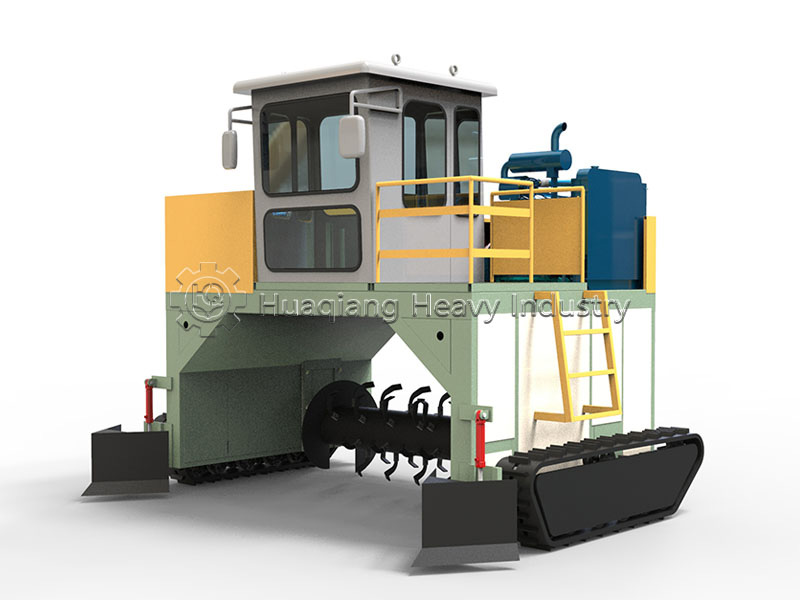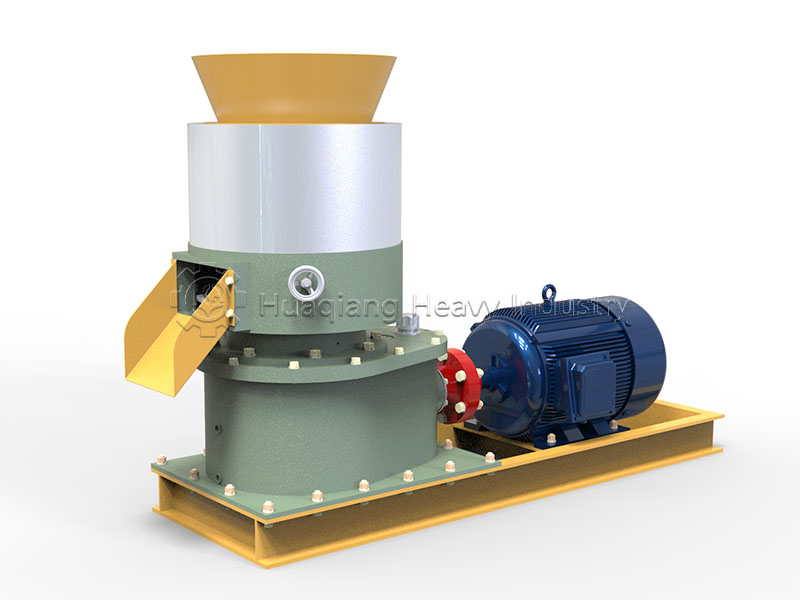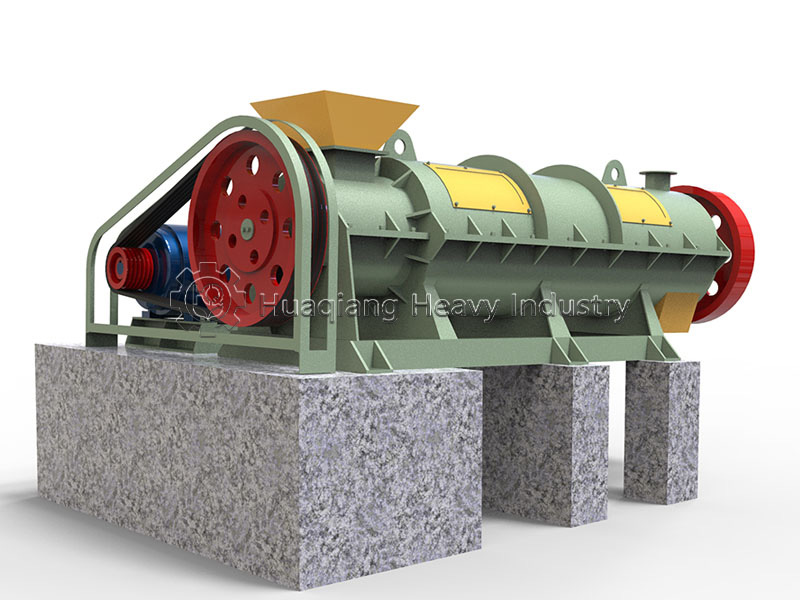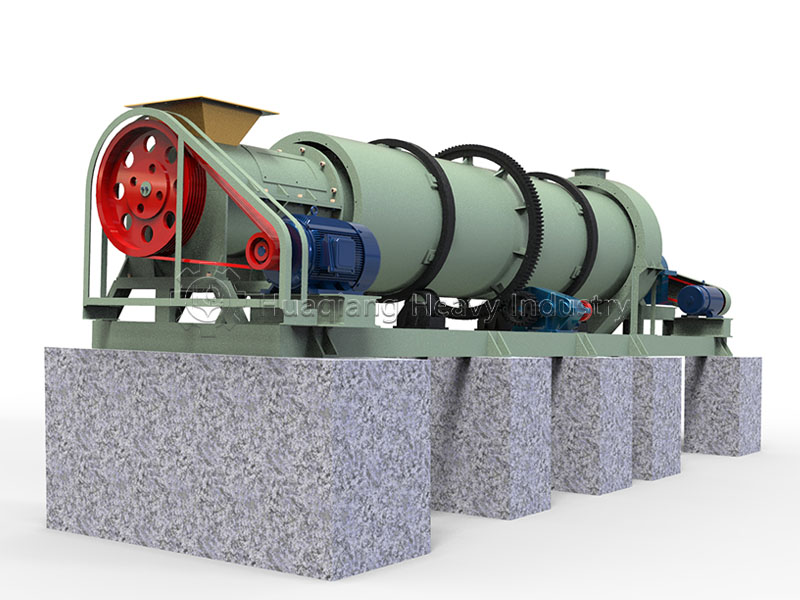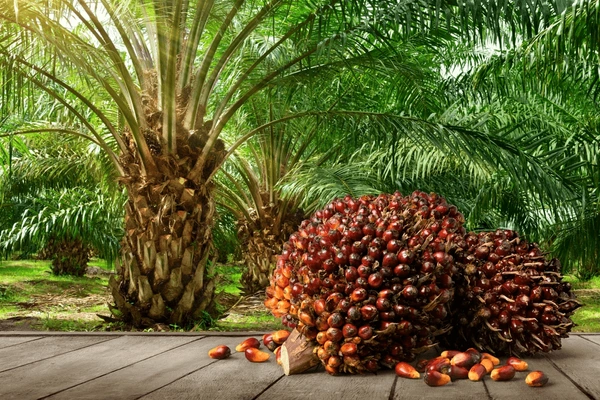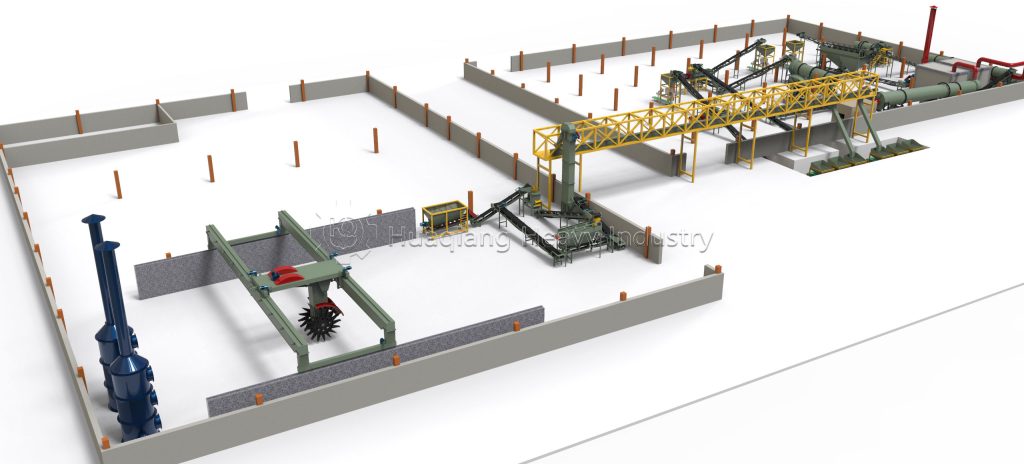Double Roller Granulator: Precision in Motion
In the field of modern fertilizer production, the double roller granulator acts as a master sculptor, transforming powdered raw materials into uniformly sized, high-quality granules through precise mechanical structure and intelligent control systems. This equipment is redefining the technical standards of compaction granulation with its unique working principle and exceptional performance.
Precision Structure: The Art of Coordination
Intelligent Feeding System
Equipped with 1-5 cubic meter capacity hoppers, achieving precise quantitative feeding through screw or belt conveyors. Variable frequency motors adjust conveying speed, combined with real-time monitoring sensors to ensure stable material supply, laying a solid foundation for subsequent extrusion processes.
High-Strength Extrusion Rollers
Manufactured from high-strength alloy steels like 45# steel and chrome-molybdenum steel, undergoing heat treatment processes including tempering and quenching, achieving surface hardness of HRC50-60. Roller surfaces feature regular grooves 2-10mm deep, ensuring perfect material forming during extrusion.
Smart Transmission Control
Driven by 5.5-55kW motors, achieving synchronized counter-rotation of dual rollers through reducers and split gears. PLC control systems precisely regulate parameters like rotation speed and extrusion pressure, ensuring efficient and stable equipment operation.

Technical Specifications: Embodiment of Precision Design
| Component | Technical Specifications | Performance Features |
| Extrusion Rollers | Hardness HRC50-60, Groove depth 2-10mm | Wear and pressure resistant, precise forming |
| Transmission System | Speed 10-50rpm, Power 5.5-55kW | Smooth operation, precise adjustment |
| Discharge Device | Inclination 30°-45°, Stainless steel material | Anti-adhesion and corrosion, smooth conveying |
Particularly noteworthy is the precision design of the extrusion rollers. The regularly arranged circular, square, or diamond-shaped grooves on the roller surface, with depths of 2-10mm and spacing of 5-20mm, not only optimize material extrusion effects but also ensure production of well-shaped, uniformly sized high-quality granules. Each groove undergoes precision machining to maintain stable forming effects during long-term use.
Intelligent Control: Guarantee of Precision Production
The intelligent control system is the core of the double roller granulator’s exceptional performance. Through perfect coordination of PLC control cabinets, touchscreens, and sensors, operators can monitor and adjust equipment operating parameters in real-time. The system automatically adjusts extrusion pressure and conveying speed according to changes in material characteristics, ensuring optimal granulation effects under different production conditions. This intelligent control method not only improves production efficiency but also guarantees product quality stability.
The double roller granulator represents not only an outstanding example of mechanical manufacturing technology but also a model of modern intelligent production. From precise mechanical structures to intelligent control systems, from efficient feeding devices to stable transmission mechanisms, every detail reflects the sophistication and innovation of engineering technology. As global fertilizer production continues to pursue efficiency, precision, and intelligence, the double roller granulator is providing strong technical support for global agricultural production with its exceptional performance and reliable quality, driving fertilizer manufacturing technology toward more efficient and environmentally friendly development.

Conclusion: Advancing Fertilizer Production Through Integrated Granulation Technologies
The double roller granulator represents a pivotal innovation in modern fertilizer production machine systems, working synergistically with other key equipment to create comprehensive production solutions. While the roller press granulator excels in fertilizer granules compaction, alternative technologies like the rotary drum granulator and rotary granulator offer complementary approaches for specific applications.
In complete NPK fertilizer production line configurations, the fertilizer compaction machine often operates alongside rotary screener equipment for precise particle classification. The broader NPK manufacturing process integrates multiple technologies, with drum granulation providing an alternative method for specific material types. For organic fertilizer production, the fertilizer compactor in the roller press granulator production line works in harmony with windrow composting machine systems and chain compost turning machine equipment to handle the complete organic fertilizer fermentation process.
The evolution of fertilizer compaction technology continues with innovations like the new type two in one organic fertilizer granulator, while advanced fermentation composting technology for organic fertilizer enhances pretreatment processes. The comprehensive equipments required for biofertilizer production now incorporate intelligent control systems that optimize the entire NPK fertilizer production process, making modern NPK production line installations more efficient and sustainable than ever before.
As NPK fertilizer production technology advances, the integration of various granulation methods within complete production lines ensures manufacturers can select the optimal combination of equipment for their specific raw materials and output requirements, driving the industry toward greater efficiency and product quality.
